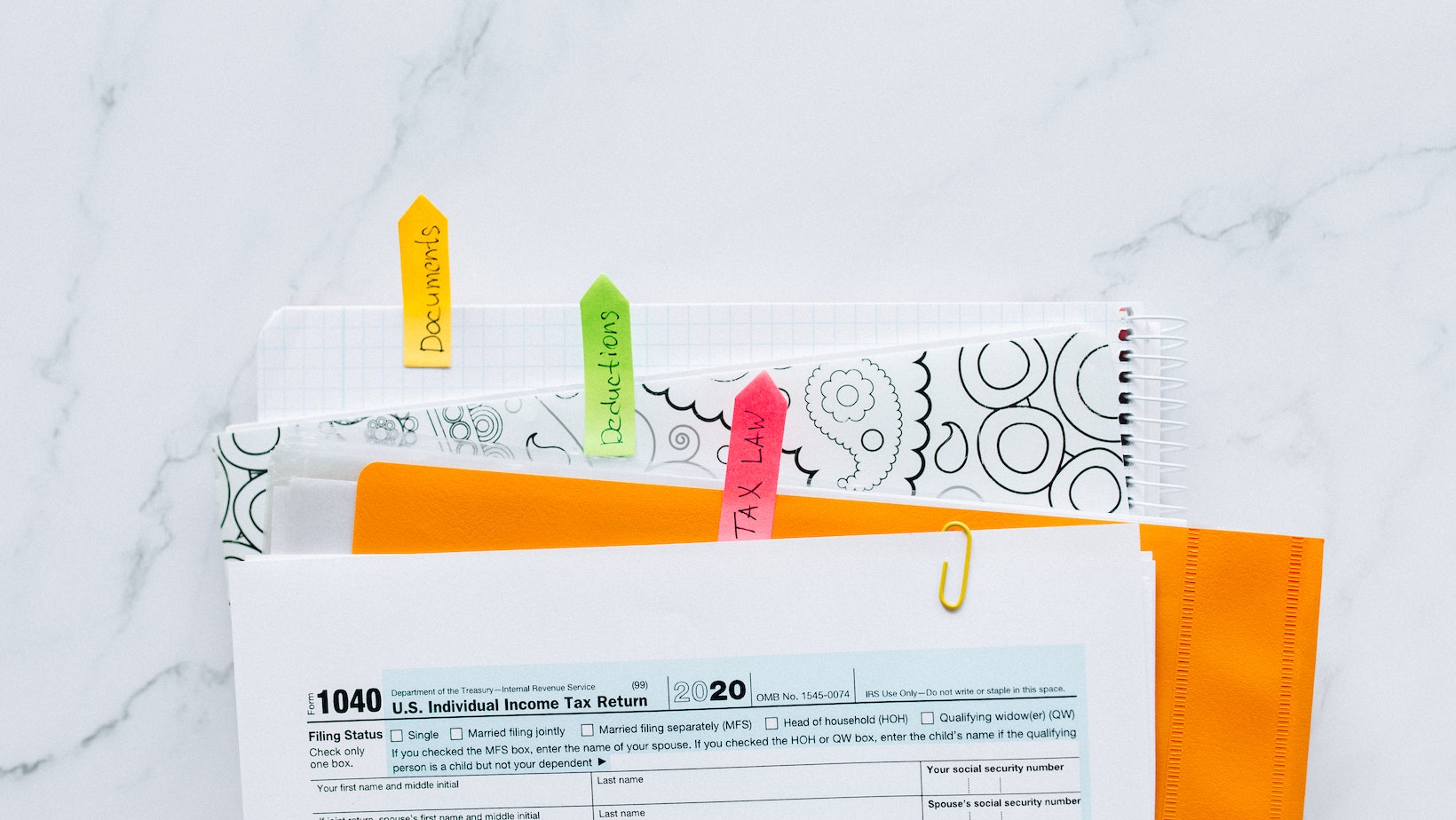
Preparing an accurate business income statement is crucial for the success of any organisation, big or small. This financial statement, also known as the profit and loss statement, provides valuable information about the company’s revenue, expenses, and net income or loss. There are two formats for preparing the business income statement: single-step and multi-step.

What Are the Two Formats for Preparing the Business Income Statement?
The single-step income statement is a simple and straightforward format that lists all the company’s revenues and gains and subtracts all the expenses and losses in one step, resulting in the net income or loss.
On the other hand, the multi-step income statement provides more detailed information by breaking down the revenue and expense accounts into several categories. The categories may include operating revenue, cost of goods sold, gross profit, operating expenses, other income or expenses, and net income or loss.
Both single-step and multi-step income statements have their advantages and disadvantages, depending on the type of business and its complexity. Therefore, it’s crucial for business owners and accountants to choose the format that suits their needs and provides accurate financial information to help them make informed decisions.
When preparing a business income statement, there are two primary formats available: the vertical format and the horizontal format. In this section, I’ll explain the vertical format.
The vertical format, also known as the report or account format, lists each category of revenue and expense as a separate line item.
This format is easier to read and highlights the relationship between categories. In the vertical format, total revenue and total expenses are placed at the bottom of the statement, and net income (or loss) is calculated as the difference between the two.
Example of a Basic Vertical Format Income Statement
- Company XYZ
Income Statement (Vertical Format)
For the Year Ended December 31, 20XX
- Revenue
Sales $XXX
Other revenue $XXX
Total revenue $XXX
- Expenses
Cost of goods sold $(XXX)
Salaries expense $(XXX)
Rent expense $(XXX)
Utilities expense $(XXX)
Other expenses $(XXX)
Total expenses $(XXX)
Net income (loss) $XXX

As you can see, each category of revenue and expense has its own line item, making it easier to see the individual amounts and compare them to each other.
The vertical format is also beneficial for comparing the current year’s performance to previous years, as categories are listed consistently from year to year. Additionally, this format makes it easier to identify trends or areas of concern within the business’s financials.
Overall, the vertical format is a clear and concise way to present a business’s income statement and is a popular choice among accountants and analysts.
Preparing the income statement is one of the primary financial reporting obligations for any business. The income statement summarises the company’s revenue and expenses during a particular period, which is usually a quarter or a year. There are two formats for preparing the business income statement: the horizontal format and the vertical format.
In the horizontal format, the income statement is organised in a way that the figures for the current period are presented side-by-side with those of the previous period. This makes it easier for the reader to see the differences in the various income statement categories across the two periods. The horizontal format income statement provides an insight into the revenue and expense trends of the company over a time frame.
The Horizontal Format Income Statement Has Several Advantages
- Easy comparison of financial data from the current and previous period
- Simple identification of trends over time
- Highlights significant changes in financial data
The horizontal format income statement also has some disadvantages. For example, income statement items cannot be easily seen as percentages of revenue, and a more in-depth analysis of the trend requires additional computations.
To create a horizontal format income statement, the figures from two comparable periods are presented in parallel columns. The change in each item from the previous period to the current period is also indicated. The format is easy to read, understand and compare.
In summary, the horizontal format income statement presents financial data for the current and previous periods side-by-side, enabling users to make a quick comparison of the data. It offers critical insights into the company’s financial performance trends.

Conclusion
In conclusion, as we have discussed throughout this article, the two formats for preparing the business income statement are single-step and multi-step formats.
The single-step format is a simpler and more straightforward method of income statement preparation. It lists all of the revenues and gains in one section and all of the expenses and losses in another section. The net income or loss is then calculated by subtracting the total expenses and losses from the total revenues and gains.
On the other hand, the multi-step format provides a more detailed and comprehensive view of the company’s financial performance. It separates the operating revenues and expenses from non-operating revenues and expenses. It also includes other significant items such as income taxes, interest, and extraordinary items.
Choosing the appropriate format for your business income statement can depend on various factors such as the nature of your business, the level of detail required by stakeholders, and the complexity of the company’s financial transactions.
Regardless of the format chosen, it is essential to ensure accuracy and consistency in financial reporting. By maintaining a clear and organised income statement, businesses can make informed financial decisions to achieve their goals and objectives.
